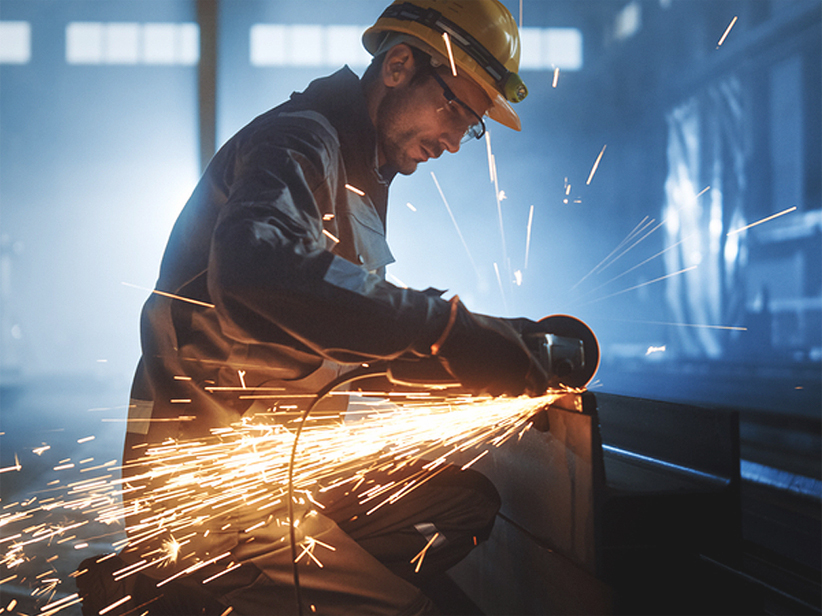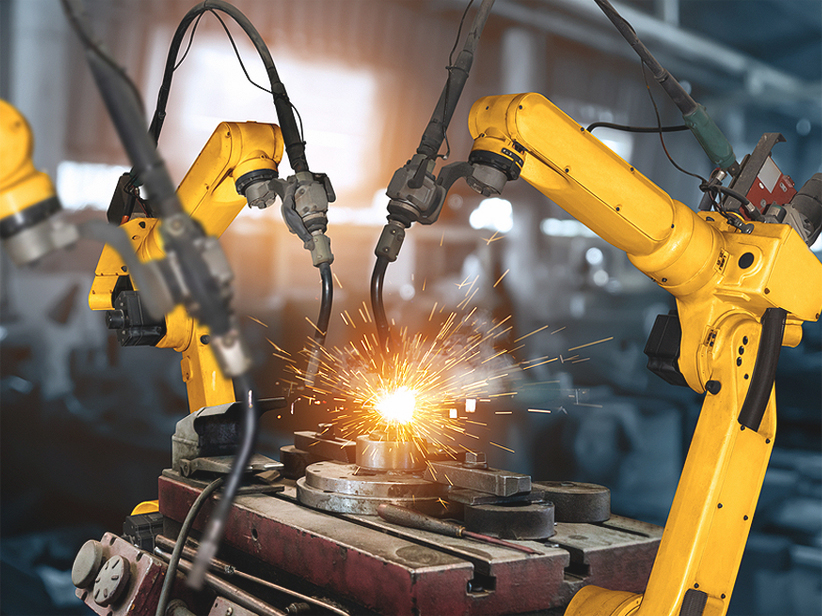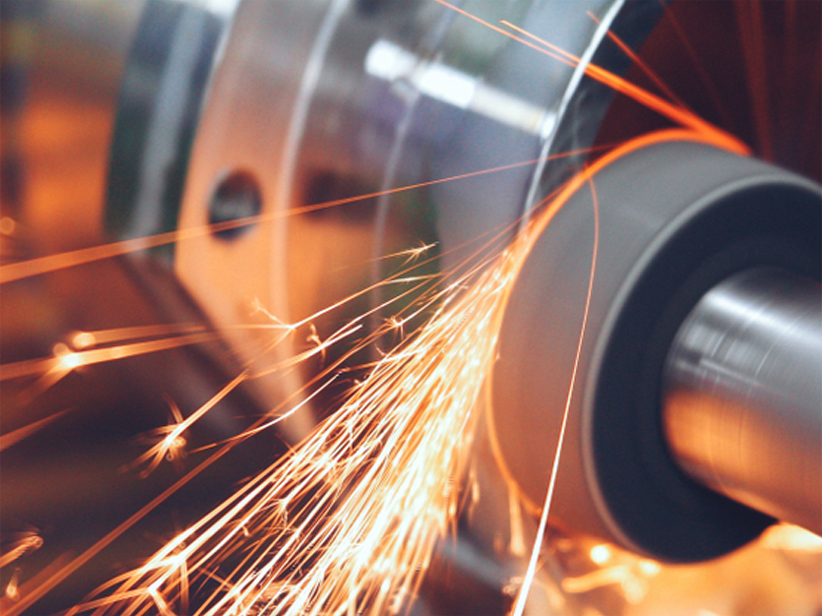IMPORTANT PRINCIPLES OF CNC MACHINING STAINLESS STEEL
HIGHLY MACHINED STAINLESS STEEL GRADES
Widely known for corrosion resistant and ductile properties, it is safe to say that it is one of the most popular austenitic stainless steel grades.
One of the best and the easiest variants of machineable austenitic steel, Alloy 303 is highly robust and strong. At times, the addition of sulfur could affect the overall corrosion and toughness of this particular stainless steel grade.
Points to consider while using alloy 303 stainless steel:
- The cutting edges are sharp at all times as blunt or dull edges may lead to work hardening.
- To make sure the swarfs are clear of the work, chip breakers are widely used.
- To eliminate or avoid heat elimination on the edges, coolants and lubricants are used.
The particular range of stainless steel comprises 11% chromium and 1% manganese. To achieve uniform hardness, the stainless steel that is subjected to heat treatment. After CNC machining, the martensitic form of Alloy 400 offers high resistance to wearing out and also structural integrity.
It is essential to keep in mind while machining stainless steel that there is no dwell or friction from the vibration of the machine and the tool chatter. Moreover, it is crucial that the machines have the ability to make deep cuts required in machining austenitic stainless steel without compromising the surface speed or the set feed.
In addition, another point that needs to be considered is that the machines should not be vulnerable to high vibrations in the machine bed, gearboxes, drives, and boxes. The overall distance between the toolbox support and the tip used for cutting should be feasible and the shank-cross area should be substantial as well. Another advantage is that the heat can be directed away from the cutting faces. Lastly, the arbors used to handle barrel milling cutters should be stout and its supporting components should ideally be close to the ends of the cutter to offer optimized support.
The two apt tools that are used for the machining of stainless steel include – high-speed steel (HSS) and cemented carbide tools.
The two ideal HSS that can be used include molybdenum or tungsten and both are used in machining operations that involve slow machining and high feed applications. What makes the tungsten variant an ideal candidate is its abrasion resistance and hardness.
The molybdenum HHS has started to gain popularity in applications that including milling cutters which demands a strength and hardness at lower cutting speeds. Moreover, it is important to keep in mind that if the tools are vulnerable to edge chipping, using a tougher grade is recommended.
Cemented carbides find applications while machining stainless steels in which speed and feeds are usually higher compared to that produced by HSS. Typically, tungsten carbide variants are used while machining duplex and austenitic stainless steel whereas the complicated carbides predominantly are used to machine ferritic and martensitic grades. It is important to note that the coated carbides have enhanced resistance to wear and breakage.
It is very important to make use of cutting fluids at the time when stainless steel is machined mainly to deal with the combined effects of the deeper cuts and high feed rates required to tackle the effects of work hardening and the low levels of thermal conductivity exhibited by austenitic stainless steel. When the surface of stainless steel is overheated, the corrosion resistant is highly affected at the time of machining. Furthermore, overheating can also potentially lead to distortion.
Another advantage of using cutting fluids as a lubricant is that the wear and tear are significantly reduced and at the same time machining swarf is eliminated. In operations that involve faster cutting, cooling becomes more important than lubrication. Lubrications that are typically used include mineral oils and water-soluble emulsifiable oils.
Swiss sliding head machines are widely used to machine stainless steel grades owing to the compatible properties of stainless steel. In addition, various measures to increase machinability of stainless steel makes it an ideal choice for manufacturers.
Contact us to know more about our products and the general principles of CNC machining tools.
Also Read : 4 ATTRIBUTES OF STAINLESS STEEL ALLOYS PROFITING THE CNC MACHINE TOOLS INDUSTRY







